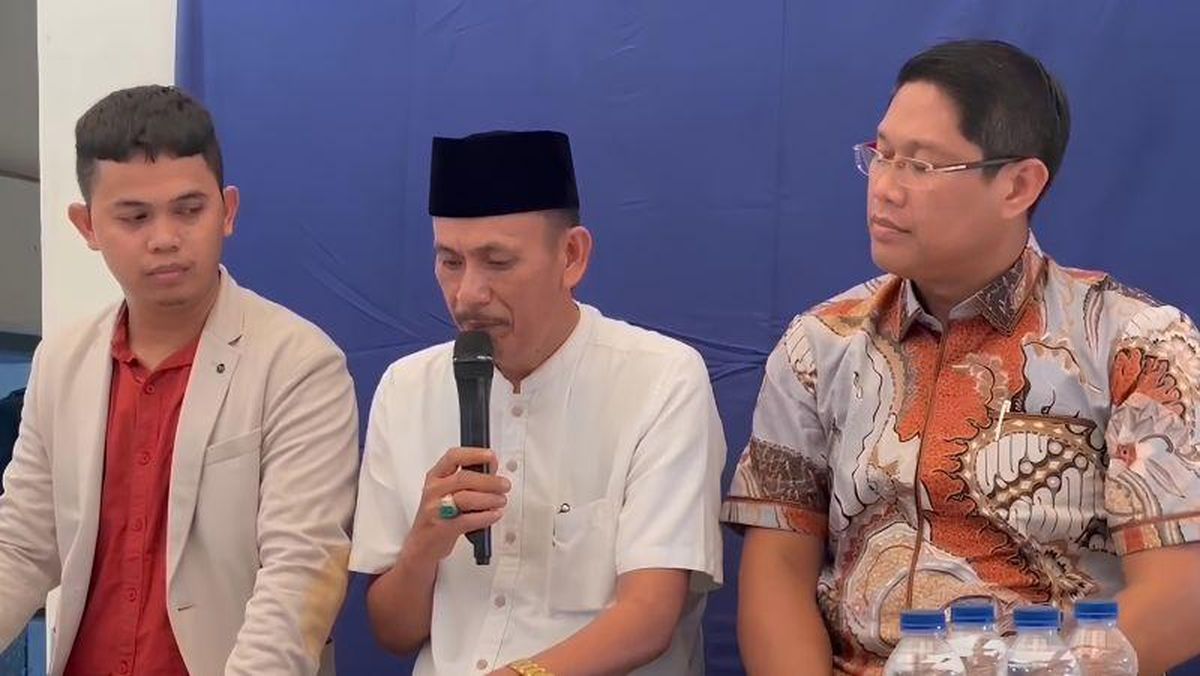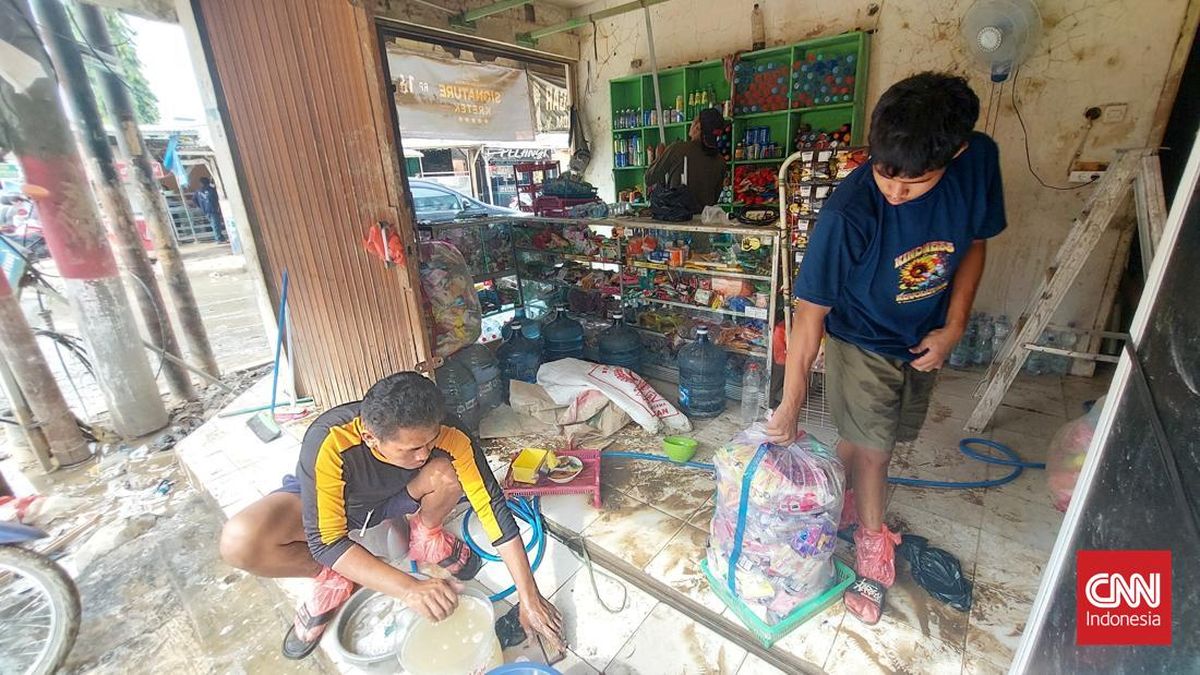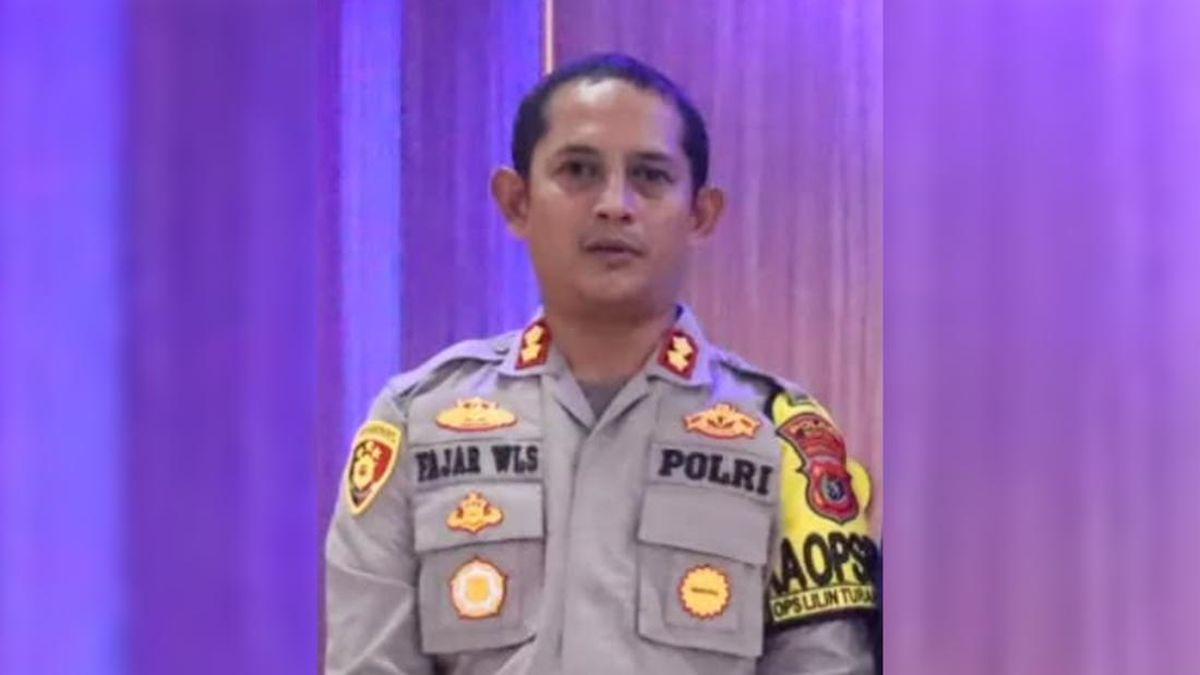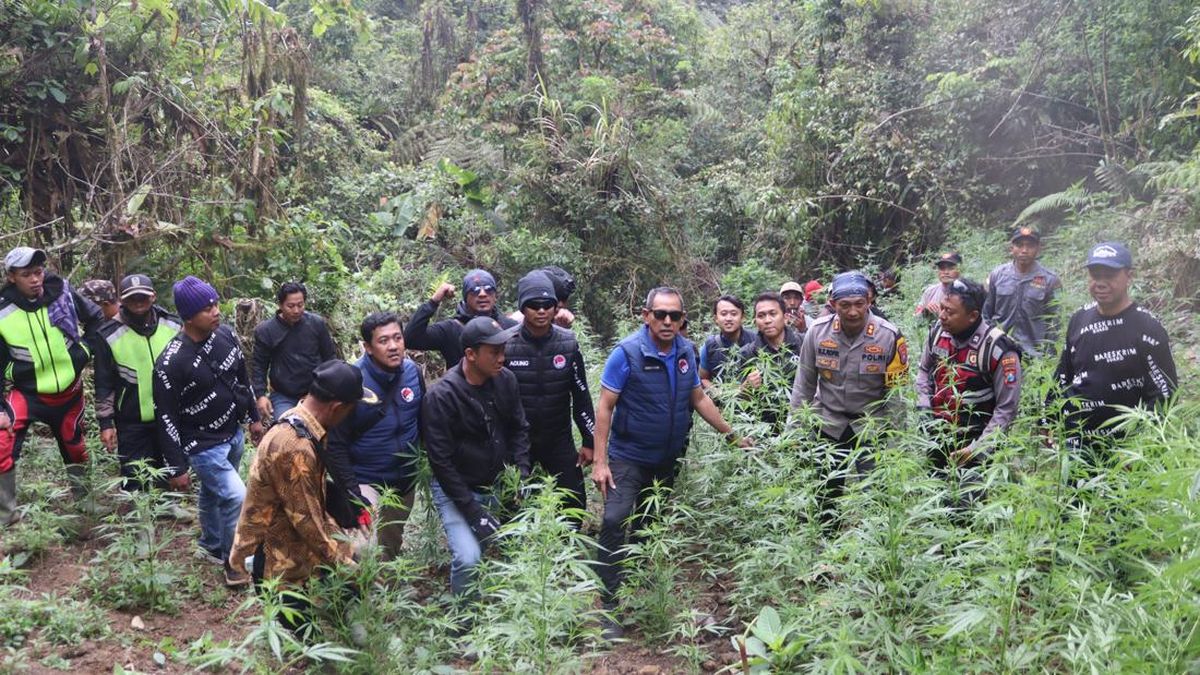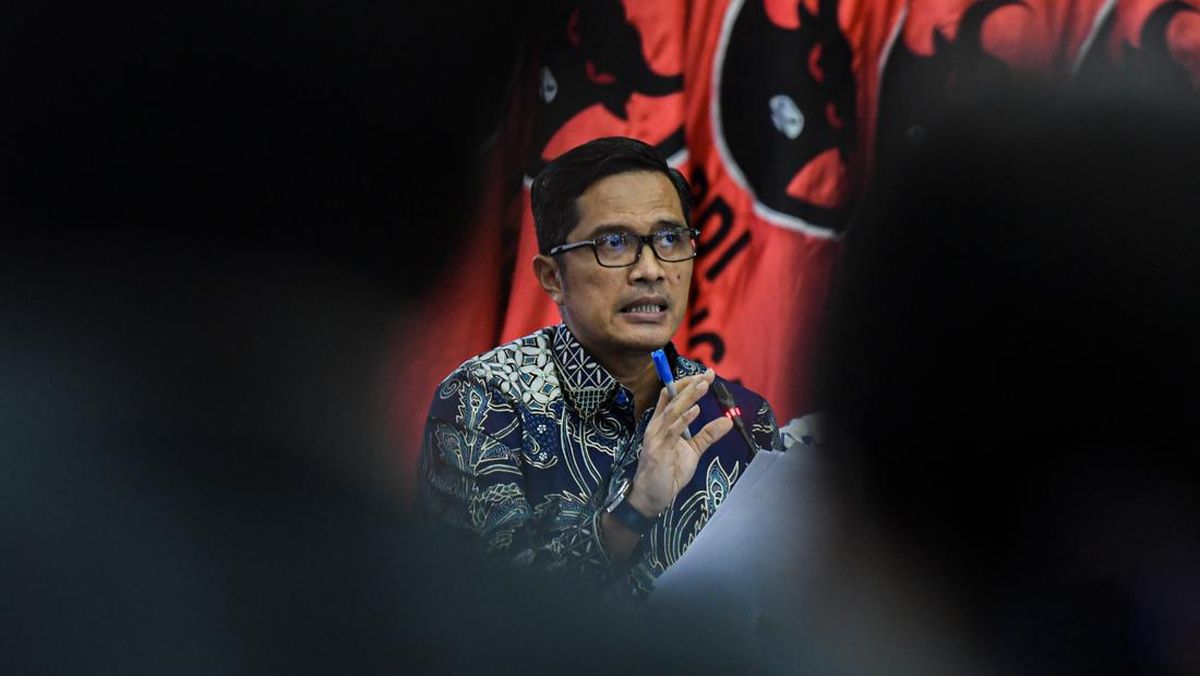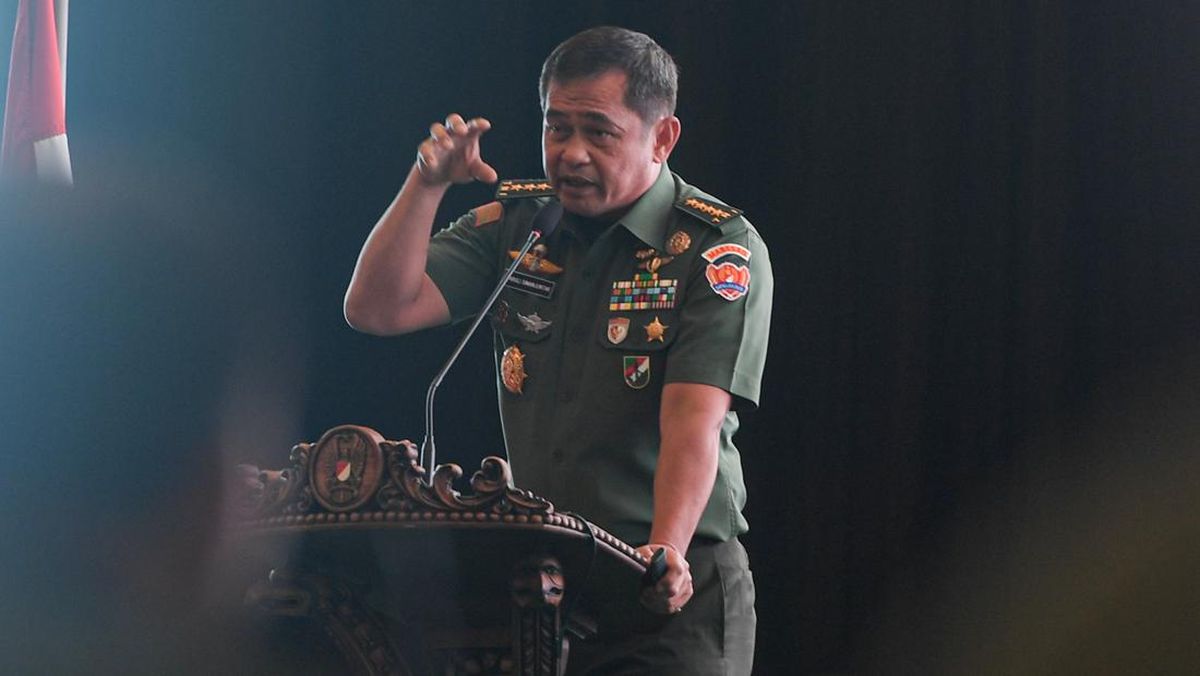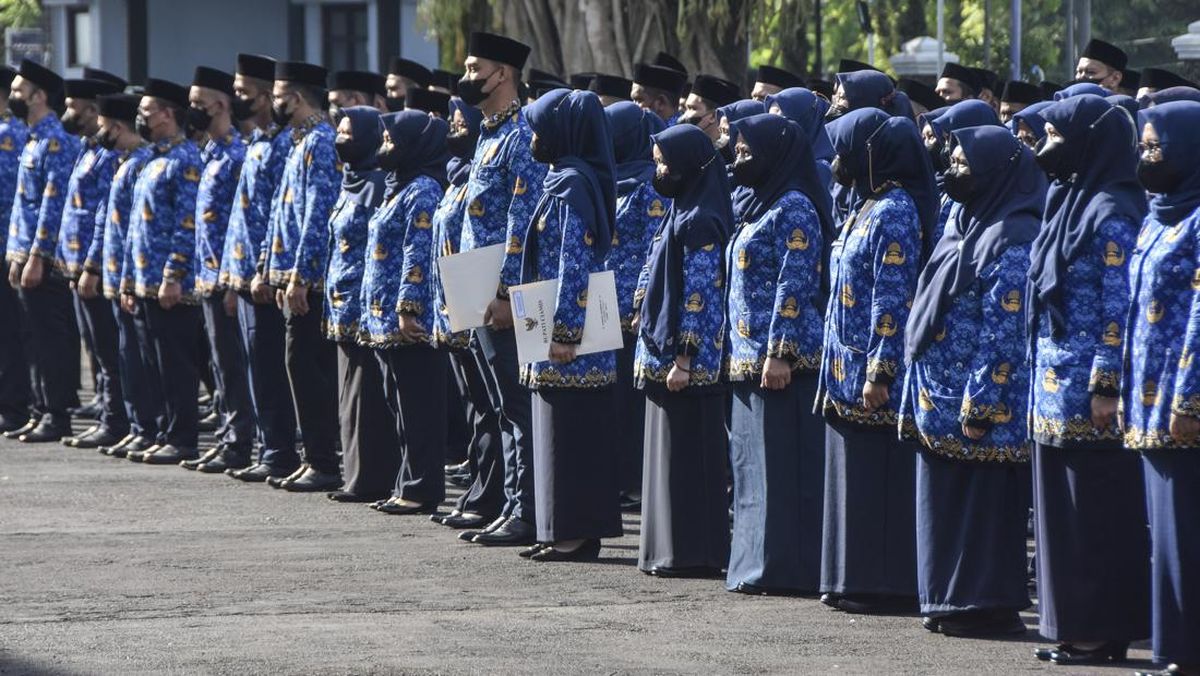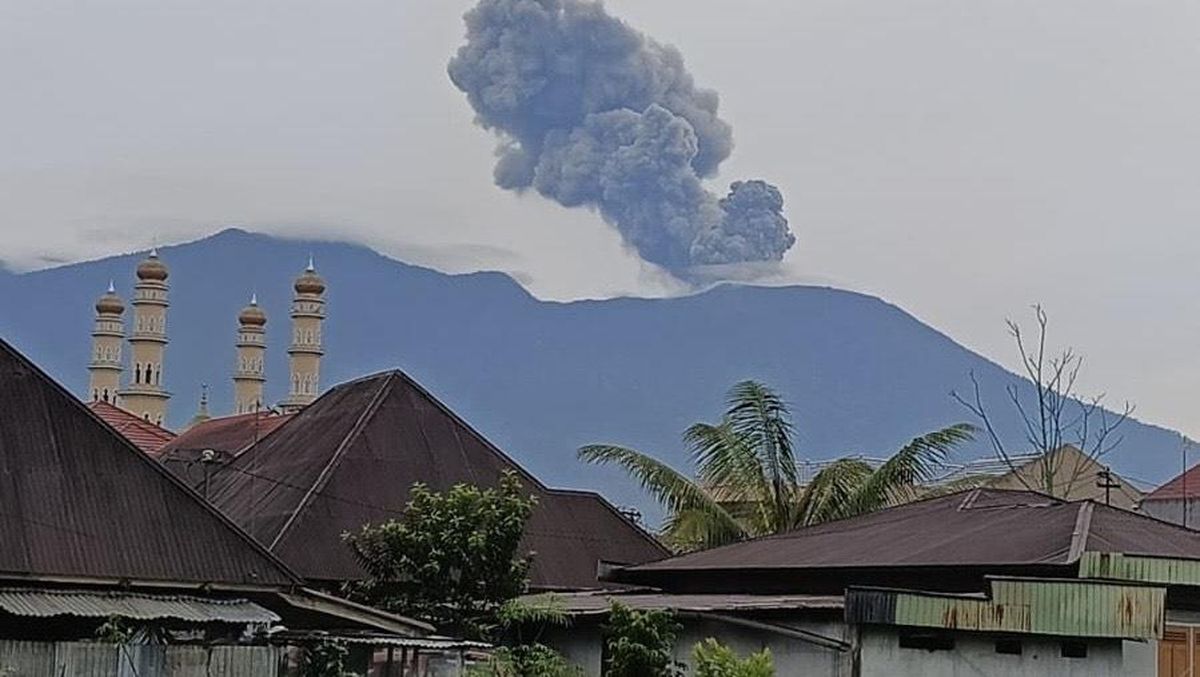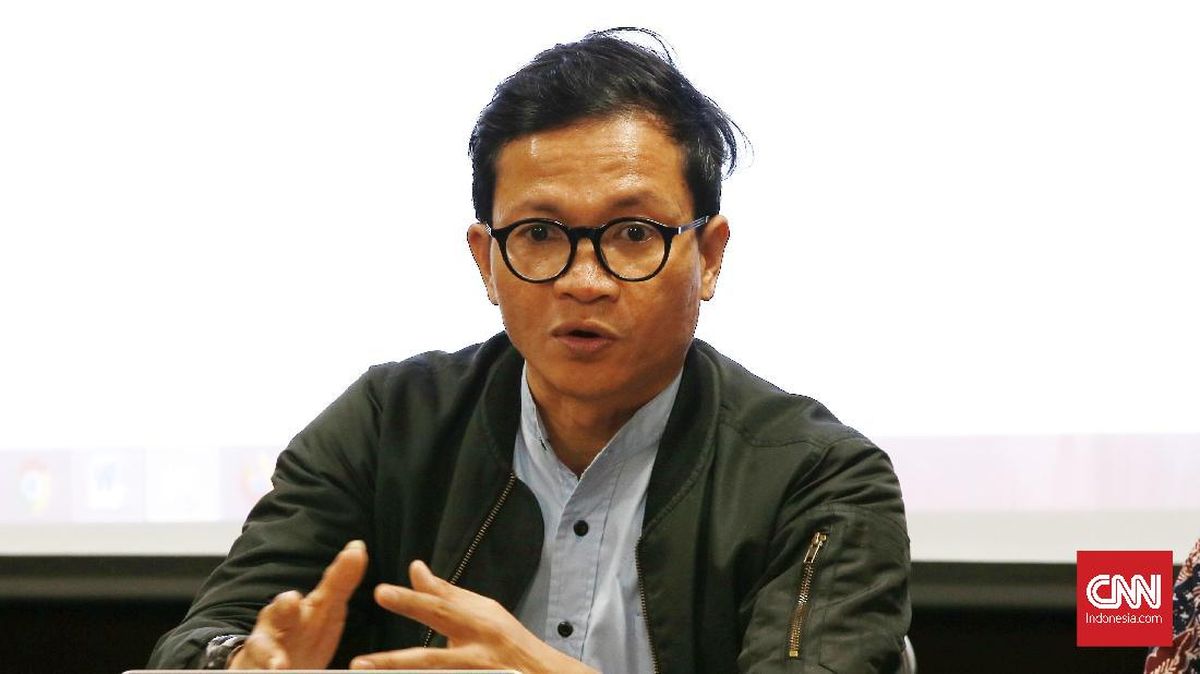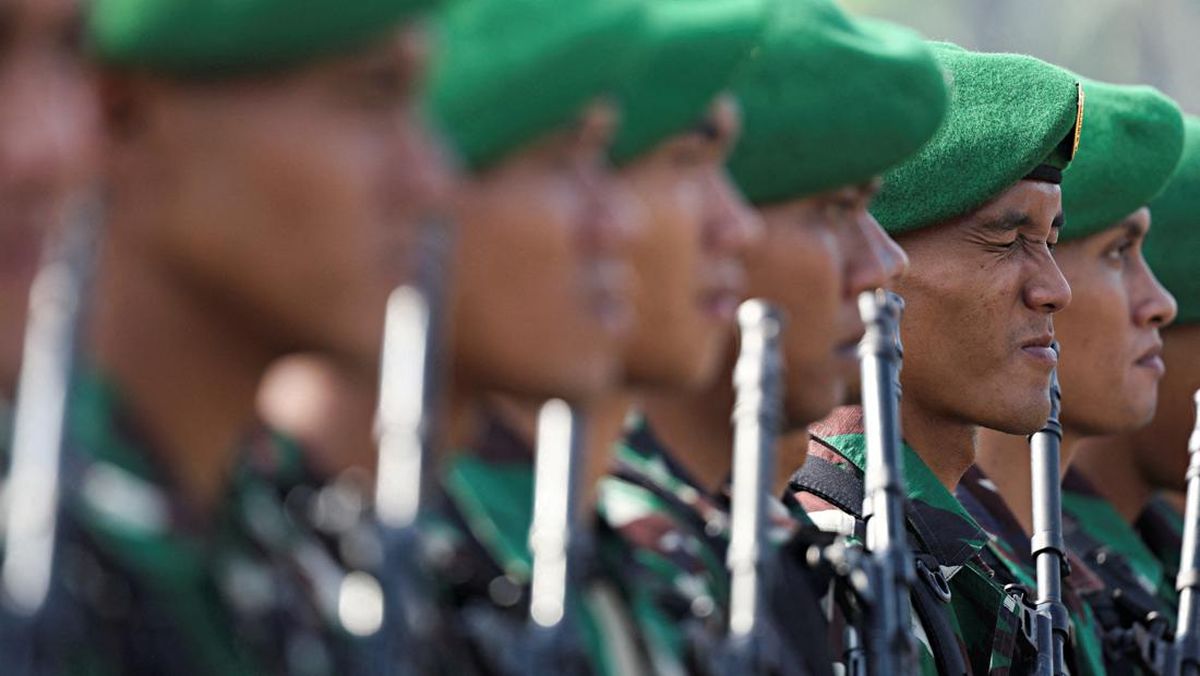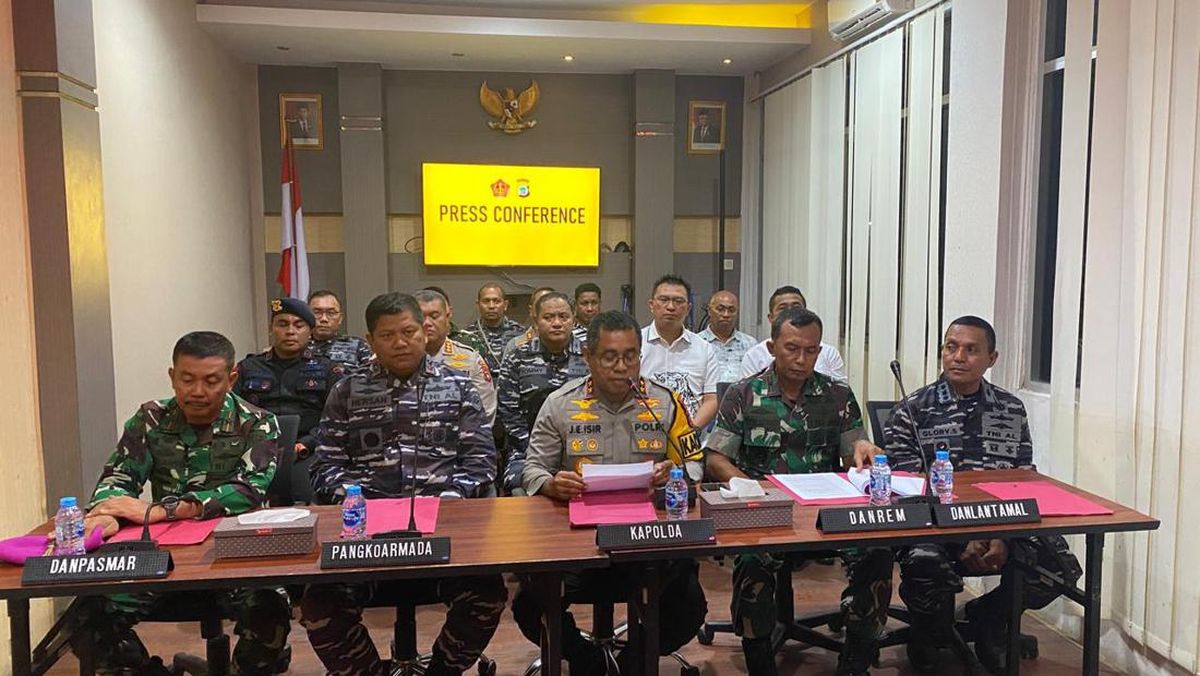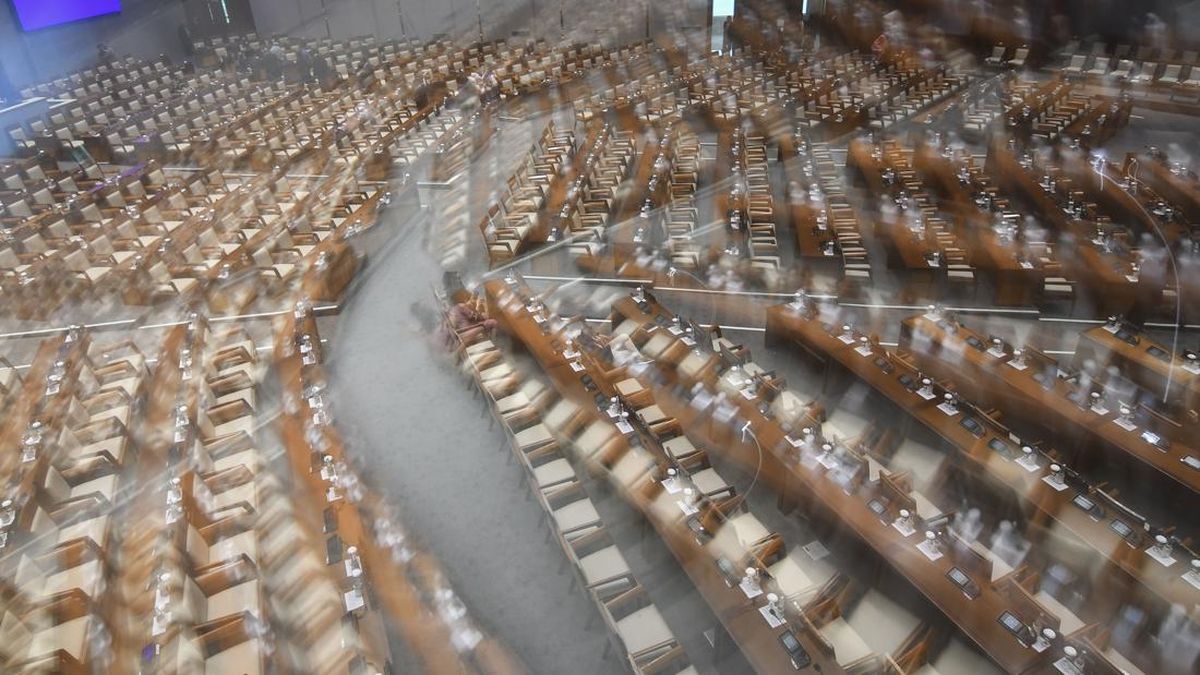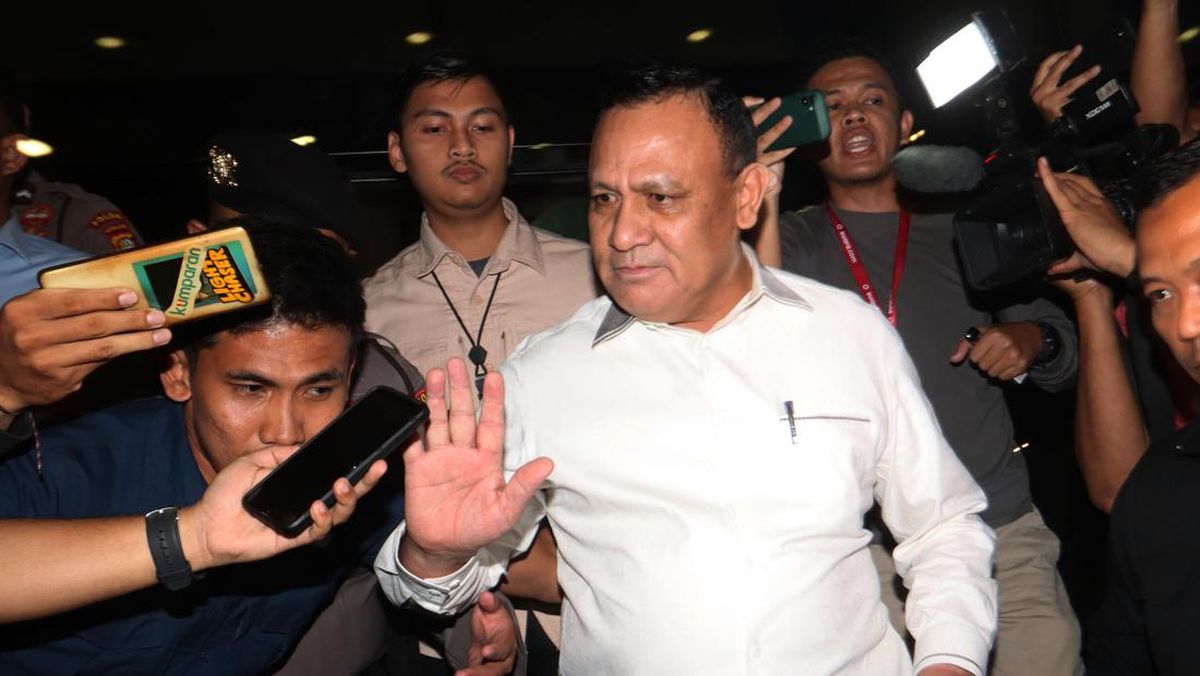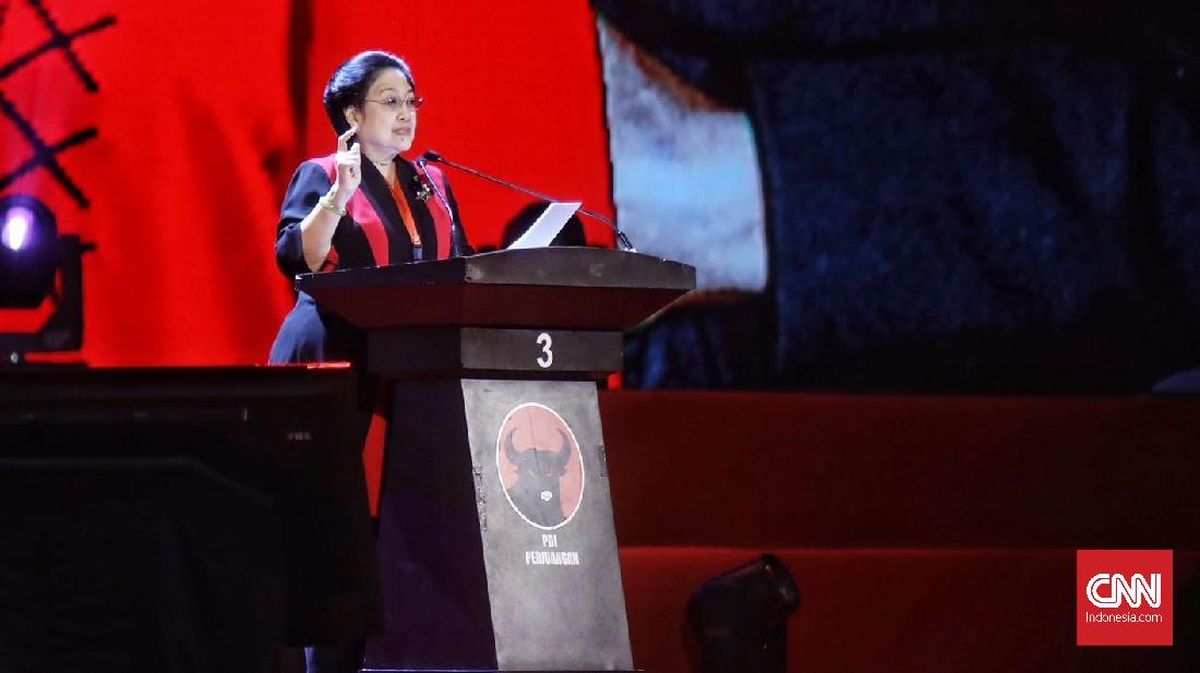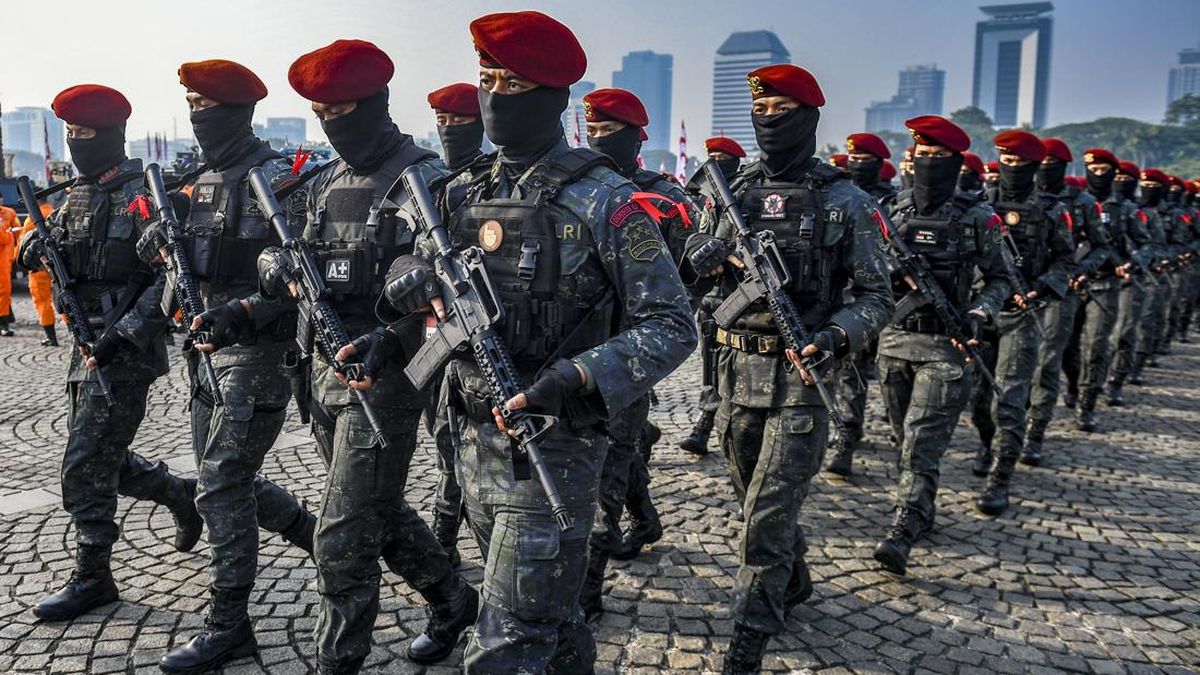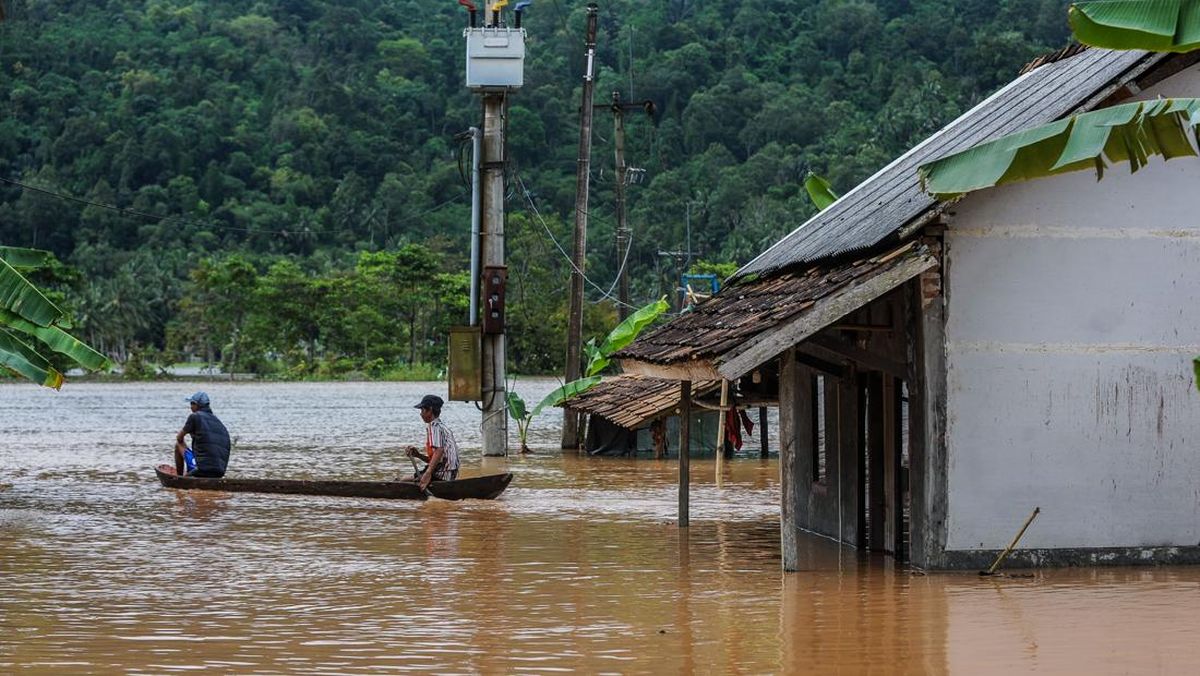8000hoki.com Platform website Slots Maxwin Indonesia Terkini Mudah Lancar Jackpot Online
hokikilat List Platform website Slot Gacor Indonesia Online Mudah Lancar Scatter Full Banyak
1000 hoki List Akun situs Slots Gacor Thailand Terbaru Mudah Jackpot Full Terus
5000hoki Data ID website Slots Gacor Philippines Terpercaya Pasti Menang Terus
7000 hoki List Login web Slot Gacor Philippines Terbaik Gampang Win Banyak
9000hoki.com Data ID website Slots Gacor Malaysia Terkini Pasti Win Terus
Daftar game Slot Maxwin server Singapore Terbaik Sering Lancar Jackpot Non Stop
Idagent138 Daftar Slot Gacor Online
Luckygaming138 login Slot Online
Adugaming Daftar Slot Anti Rungkat Online
kiss69 login Id Slot Terbaik
Agent188 Id Slot Gacor Terbaik
Moto128 Slot Gacor
Betplay138 login Akun Slot Anti Rungkat Terpercaya
Letsbet77 Daftar Id Slot Game Online
Portbet88 Slot Maxwin
Jfgaming Slot Anti Rungkat
MasterGaming138 login Slot Maxwin Terpercaya
Adagaming168 login Slot Maxwin
Kingbet189 login Slot Online
Summer138 login Id Slot Game
Evorabid77 Daftar Slot Maxwin Terbaik
TEMPO.CO, Jakarta - Syria has been ravaged by civil war for 14 years. President Bashar al Assad clung to power with the help of Russia, Iran, and Hezbollah. However, with the escalating regional conflict involving Hezbollah and Iran, Assad's government weakened. Moreover, Russia, which has been its main backer, is still entangled in the war against Ukraine.
Syrian rebels saw an opportunity to loosen Assad's grip. About six months ago, they communicated a plan for a major assault to Turkey and believed they had obtained secret approval, according to two sources familiar with the plan.
Launched nearly two weeks ago, the swift operation's success in achieving its initial goal - seizing Syria's second city, Aleppo - stunned almost everyone. From there, in less than a week, the rebel alliance reached Damascus and on Sunday, December 8, 2024, ended the five-decade rule of the Assad family.
This lightning attack relied on near-perfect alignment for the forces challenging Assad: his troops suffered demoralization and fatigue; his main allies, Iran and Hezbollah Lebanon, were severely weakened due to the conflict with Israel; and another key supporter, Russia, diverted its attention and lost interest.
The Syrian rebels who have toppled Bashar al Assad and seized the capital, Damascus, consist of fighters from various factions, while other groups also control territories elsewhere, Reuters reported.
Here are some of the main factions:
Hayat Tahrir al-Sham
The most potent group in Syria leading the rebel movement is the Islamist group Hayat Tahrir al-Sham.
This group started as an official affiliate of al Qaeda in Syria under the name Front Nusra, which conducted attacks in Damascus since the outset of the rebellion against Assad.
Its leader, Ahmed al-Sharaa, who for years used the alias Abu Mohammed al-Golani, decided to split from the newly emerged ISIS and later in 2016 from the global al Qaeda organization.
The group underwent several name changes, eventually rebranding to HTS, as it became the dominant force in the main rebel stronghold around the Idlib province in the northwest.
HTS and its leader have been designated as terrorists by the United States, Turkey, and other countries, yet they continue to fight alongside major rebel groups and support the Idlib governance they refer to as the Salvation Government.
Sharaa has portrayed a more moderate image during the swift campaign that brought down Assad, but some Syrians may remain concerned about his primary intentions.
Other Rebel Groups
The Syrian rebellion is highly fractured, with a confusing mosaic of local groups espousing various Islamist and nationalist ideologies.
Over the years, some have further splintered or joined other groups.
Coalitions such as the Free Syrian Army and Islamic Front have had influence during different periods of the conflict.
Their relative strength has also been shaped by whether they are based in areas reclaimed by Assad or remain outside his control.
In northwest Idlib, which until last week was the main rebel defensive stronghold in Syria, several groups fought alongside HTS in an integrated military operation command.
Other groups have dominated in the southern parts. Assad's series of victories in 2018 forced them to accept his rule but without surrendering all their weapons or returning fully under Damascus's control. They rose again last week, seizing southwestern Syrian territories.
Syrian National Army
Turkey has deployed forces in Syria since 2016 to push back Kurdish and ISIS groups from its borders.
As a major supporter of the rebels, Turkey eventually molded several groups into the Syrian National Army, which, with direct Turkish military backing, controlled territories along the Syrian-Turkish border.
As HTS and its allied groups from the northwest advanced towards Assad last week, the SNA also joined them, battling government forces and Kurdish-led forces in the northeast.
Syrian Democratic Forces
The Kurdish-led People's Protection Units (YPG) controlled most of northeastern Syria in 2012 when government forces withdrew to combat rebels in the west.
Turkey views the YPG as integral to the Kurdistan Workers' Party (PKK), which has waged a decades-long insurgency within Turkey and is considered by the U.S. as a terrorist group.
When ISIS advanced in Syria in 2014, the YPG allied with other groups to hold them off, supported by the U.S.
They formed the Syrian Democratic Forces (SDF) consisting of Kurdish and Arab militias, backed by the U.S. and its allies.
The SDF now controls most of the Syria territory east of the Euphrates River, including the former ISIS capital Raqqa, some of the country's largest oil fields, and areas west of the river.
Its forces have clashed with the Turkey-backed SNA around the city of Manbij.
Editor's Choice: Understanding the Syrian Conflict: Who is Fighting and Why?
Click here to get the latest news updates from Tempo on Google News

 3 months ago
66
3 months ago
66


























